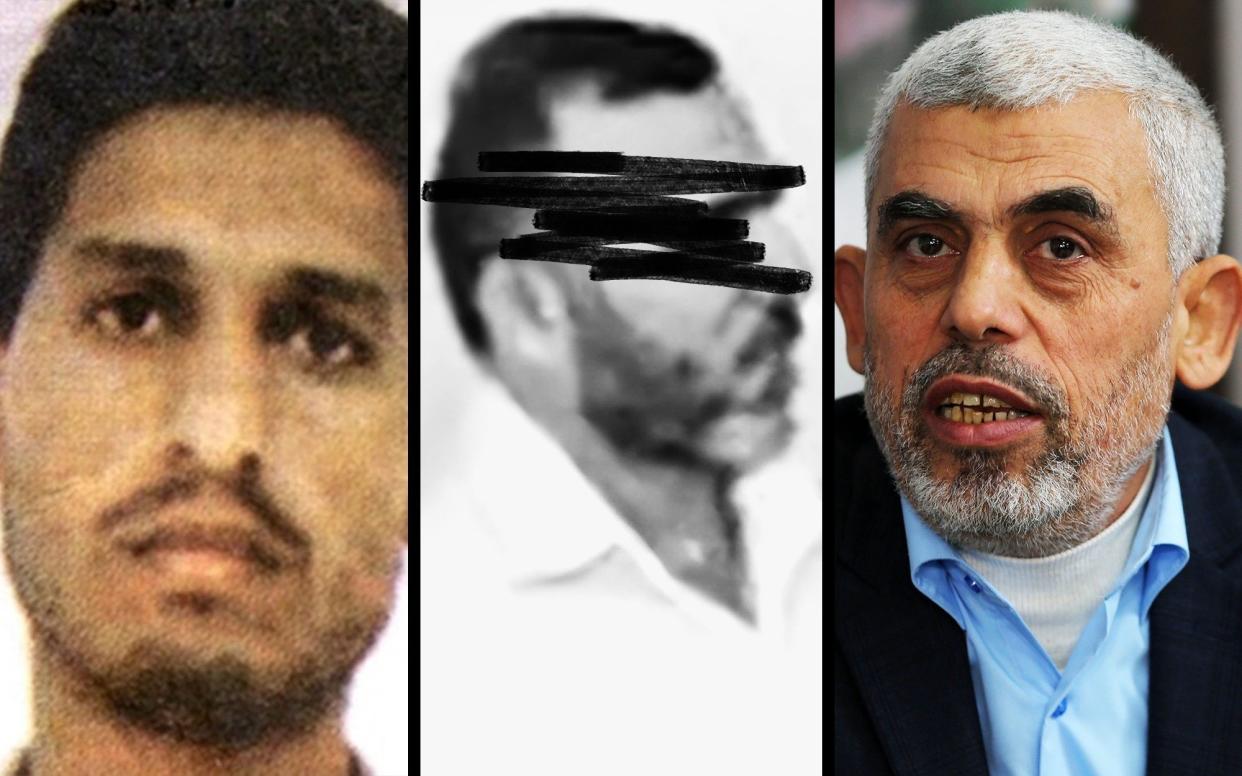Israel admits it may not be able to destroy Hamas now US has turned its back

Israel may not be able to destroy Hamas despite five months of intense fighting in Gaza, intelligence officials have admitted.
The main objective of the Gaza invasion faces failure as international support turns against Israel, sources warned.
Israel believes it has dismantled Hamas’s main command and control structure in central and northern Gaza but pockets of “guerrilla” resistance remain.
Senior officials told The Telegraph four out of an original 24 Hamas battalions remain completely untouched after fleeing to safety in Rafah, which Israel is preparing to invade.
But Israel believes it may be too late to find and destroy them as the US has “turned its back on Israel”.
Pressure on Israel
The US this week allowed the passage of a UN resolution demanding an immediate ceasefire after months of backing Israel’s right to defend itself. Frustrations have grown in the White House over the humanitarian situation in Gaza.
“If you’d asked me this a month ago, I would definitely say yes [we can eliminate Hamas] because at that time the Americans were backing Israel,” an Israeli intelligence source said. They suggested this assessment had now changed.
Hamas is focused on surviving until the summer, they warned, when the US election campaign begins and support for Israel is likely to wane further.
“The pressure is mounting on Israel to reach some sort of a deal, which means Hamas could survive. Both Hamas and the Iranians are playing on that,” the source said.
Hamas forces scattered
The latest assessment comes as the IDF have been engaging with resurgent Hamas units in parts of Gaza they had previously cleared. Fighting has been raging since March 18 at Al-Shifa hospital, which Israel first raided in December
Months of urban warfare has pushed Hamas out of major strongholds, and Israeli intelligence say over 11,000 terrorists have been killed in addition to 15 top commanders.
Hamas’s forces, which were once believed to be more than 35,000-strong, are now scattered. Eighteen battalions are thought to have been “significantly damaged”.
“Hamas no longer operates as an army. Its units have been eradicated and they don’t have a central command and control,” an IDF source in the southern command said.
“Each unit is acting independently, doing what they think they should do, but there is no control centre that can move units around,” they added.
“They are in a very bad position, but saying that, they turned into the old style of guerrilla warfare. They’re operating as guerrilla terrorists, and when you operate like this, you don’t need the infrastructure and installations, you go from house to house, hide, use the RPGs [rocket propelled grenades], the grenades, and disappear.
“They’ve lost their commanders so they’re really acting independently. A lot of them are surrendering. A lot have lost the motivation and the urge to fight and you can see this as the numbers of Israeli casualties have reduced significantly. Hamas are not fighting.”
Senior leadership in Rafah
What remains of the senior leadership team is now in Rafah, the only remaining urban centre that the IDF’s ground teams have not reached. Marwan Issa, Hamas’ number three in command, was confirmed dead by Israel on Tuesday.
Communications between Yahya Sinwar, the group’s leader, and remaining pockets of resistance have relied on hand delivered notes since the first weeks of the invasion.
With communications networks destroyed, there are some signs of disunity and a loss of faith in the military leadership. One Hamas commander, 54, told The Telegraph: “We have a lot of uncertainty and we don’t know what direction to go in next. We don’t know which path to take.”
He said in spite of the suffering, the operation has become “a thing of pride” to Palestinians and the Arab world.
He suggested the original Oct 7 operation took some Hamas militants by surprise, and said the operation did not go as planned.
“Our plan with the three leaders [Yahya Sinwar, Marwan Issa and Mohammed Deif] was to get in, we kill, we kidnap soldiers, not civilians. We lost thousands of soldiers and by the borders there are thousands of corpses and nobody can go and take them.”
Hamas intelligence ‘limited’
Israeli intelligence officials said the Hamas central command no longer has a “clear picture of what’s going on” with the rest of its fighters in Gaza, buried deep underground in the tunnel network.
“Their intelligence is very limited, they don’t have surveillance cameras in every place like they used to have since we destroyed them, so the overall picture is very very limited” an Israeli intelligence source said.
“Even those above ground are on the move all the time. You don’t really see these big orchestrated attacks on Israel like we saw at the beginning of the war when we entered Gaza.”
Swathes of Hamas’s 300-mile tunnel network underneath Gaza has been destroyed, the IDF believes. However, some underground weapons production facilities are thought to remain intact.
Israel believes its best chance of destroying Hamas lies with entering Rafah.
“The US doesn’t support going into Rafah which they did before, so the cards right now are not good, meaning Israel has to do something dramatic and drastic to change the momentum and climate,” the source said.
“We have to go into Rafah, one way or another, but very aggressively,” they insisted, without which, the chances of Hamas’s survival look more likely.


